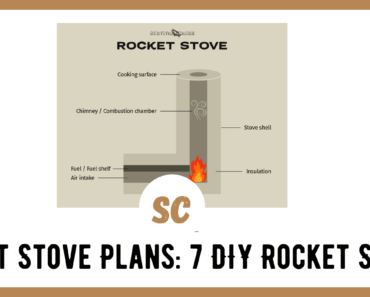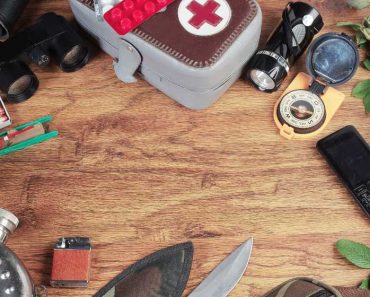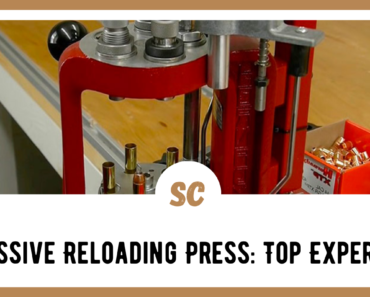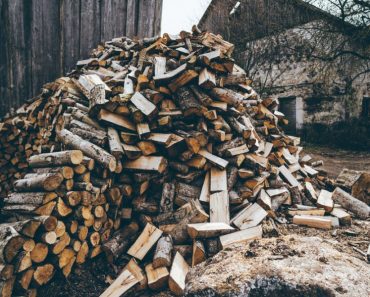Everyone but high-ranking Democrats and their allies have taken note of the high inflation that we’re facing. Each month the percentages get higher and no matter how hard the White House tries to spin it, a momentary slowing of the increase doesn’t equal things getting better. Economists are now telling us that the current trend of rising inflation is going to be with us for at least a couple more years.
Don’t allow yourself to be hoodwinked by the rhetoric going around. The inflation we’re seeing is caused by the federal government, not “greedy corporations.” It’s all those trillion-dollar spending packages that Congress has passed, along with ever-tightening regulation that has driven costs up. Businesses responding to that creates second-order inflation; but if the government hadn’t started the cycle, businesses wouldn’t have to raise their prices to keep from losing money.
Some of you may not remember it, but I lived through the same sort of inflation about four decades ago. Things were just as bad then as they are now, with the exception that life has gotten more expensive in the ensuing years. Not only have costs gone up, but the standard of living has as well. We didn’t have $1,000 cell phones, $7 cups of coffee, and four subscription services for our movies back then.
Yet this is the world we live in and somehow we’ve all got to manage. For those of us who are preppers, that not only means managing to pay the bills; but we’ve got to find money for our preps as well. That means making the most of the money we have. In order to do that, we need to reevaluate our priorities.
Cutting Expenses
I know it’s obvious, but the first place to look for extra money is in cutting expenses. Remember those $1,000 cell phones and $7 cups of coffee I was just talking about? Ask yourself if you really need them or you’re just spending that money because everyone else does it. Is there a lower costs alternative that you could go with, such as making your own coffee or cutting down from four movie subscription services to two.
We live in a time when people are looking for material gratification. When I was a teen, my first car was an old beater that cost me $100. When my kids were teens, they expected to be driving something that was no more than 7 or 8 years old. We were thrilled to go to Dairy Queen, whereas the younger generation wants Marble Slab or Cold Stone.
The harsh reality of the situation is that if we don’t need all that high-priced stuff and if we don’t cut down willingly, then we’ll be forced to cut down when we can’t pay for everything. At least if we cut down willingly, we can make our own decisions on what sorts of cuts we want to make.
As preppers, out prepping can serve to help us save money. Growing your own food is a good start. If you’re not already gardening, raising chickens for eggs and raising some sort of animal protein, you’re missing out on an excellent opportunity, both to save money and to improve your survival skills.
Another way that we can save money as preppers is to utilize some of our “emergency” means of doing things. If you have solar panels and aren’t using them, why have the panels? What about that wood-burning stove you installed; are you using it for heat? Have you made sure that your home is shaded, so that you don’t need to use as much electricity for air conditioning? These strategies, and more, which we think of as survival strategies can be a great help to us right now.
Do it Yourself
I’ve always lived above my means, mostly by doing things myself. You can save a lot of money by repairing your own car, making your own home repairs and building things you need, instead of buying them. Granted, there’s a cost in doing that, as you won’t have as much time to vegetate in front of the television. But the more of those things you do, the better you get at them and the more money you can save. Given enough time and practice, you can do remodeling projects and make furniture for your home which would otherwise cost thousands of dollars.
There’s a lot of talk about DIY projects in the prepping community, many of which are quite useful. But I have to wonder just how many preppers are making DIY a part of their life? If we ever do have a TEOTWAWKI event, the ability to do things for ourselves is going to be worth a whole lot more than our stockpiles of food.
There is another cost involved in doing things yourself; that’s buying the tools to work with. I’ve long practiced the habit of buying one new tool for just about ever project I do. By doing that, I’ve been able to build up quite a tool collection, while being able to write the cost of those tools off as part of the project expense. I still save money and I save even more money when I use the tool in future projects.
Firewood
One other area I want to mention in the do-it-yourself category is cutting your own firewood. If you have a chainsaw and a pickup truck (or trailer), you can offer free tree and limb removal. There are always people who need a dead tree removed or who have had a limb fall off a tree in a storm. Cutting those up and hauling them off for free will look like a great offer to a lot of people, while providing your family with an ongoing source of free firewood.
Start a Side Gig
If you’re already a do-it-yourselfer, then why not put your skills to work making a little extra money? As a woodworker, I’ve added a few thousand dollars to my income this year, building custom furniture. While I don’t see myself going full-time with m woodworking “business” anytime soon, I see a real opportunity to make my hobby not only pay for itself, but contribute to our household budget as well.
The key to any effective side gig is coming up with something that people want, but can’t easily find elsewhere. That can mean handcrafted foodstuffs, craft items or just finding a good niche to sell things on eBay. A lot of people make money selling things on eBay or Etsy, just because they are able to sell them cheaper. After all, the overhead of running a business out of your garage or basement is pretty low.
Generally speaking, the best way to make a side gig work is to make more exclusive items. I’m making money off of building custom furniture, not by trying to compete with IKEA, but by producing high-end pieces that people can’t just get anywhere. The same can be said for many side gigs I’ve seen where people are making craft pies, jams and jellies or muffins. They’re bypassing competing with the local grocery store by producing a better product that they can charge more for.
Take Advantage of Sales
I’ve built my prepping stockpile largely on taking advantage of sales. While not everything goes on sale, most things do at some time. The trick is figuring out when the things we need go on sale, and then taking the opportunity to do some mega-buying of those items. That will allow you to build your stockpile faster, without investing more.
This is going to end up creating a lopsided stockpile, going against all those people who say to build your stockpile one month’s worth at a time. But when you consider just how fast prices are going up, it makes sense to take advantage of whatever sales you can get. Ultimately, you’ll end up spending less money, overall, and that’s the idea.
Remember that even a small savings on a sale can work out to a big savings when you consider that inflation is raising those prices. If you manage to get a bunch of something at 10% off and the inflation goes up another 8-1/2% over the next 12 months, you’ve actually saved 18-1/2%, not just 10%.
Invest in Food
Speaking of inflation and stockpiling, if you have money socked away in a savings account or even a CD, you’re losing money. Nobody is paying interest that even comes close to the current inflation rate. You’re better off investing that money in something that at least keeps up with the inflation rate; but be sure to avoid risky investments.
My favorite investment for people with only a few thousand to invest is food. We all need it and food tends to go up in price faster than the inflation rate. With a current inflation rate of 8.5%, a $1,000 investment in food will turn into $1,503.66 in five years. While that only keeps up with inflation, at least you’re not losing money. In reality, food will probably go up more in value during those five years, than the inflation rate.
One of the great things about this sort of investment is that you don’t need to sell it to cash in. All you need to do is eat the food, then take the money out of your food budget that you saved. As best as I can tell, it’s about the most secure investment strategy that exists for the little guy.
At the same time, investing in food increases your stockpile, helping you to prep even more effectively. When the five years are up, you have the choice of either “cashing in” by eating that food or keeping it in your stockpile.
For those who are reaching retirement age, that food can work as part of your retirement plan, ensuring that you have food to eat. We’ve all heard stories about retired people resorting to eating cat and dog food, because they can’t afford groceries. Having that food “in the bank” acts as a protective buffer. There’s no reason to leave it to the kids, so eating it during your retirement years makes sense.




























